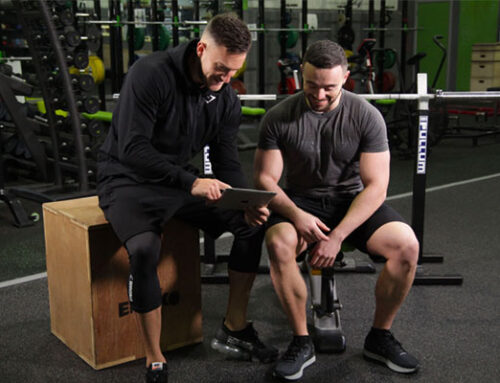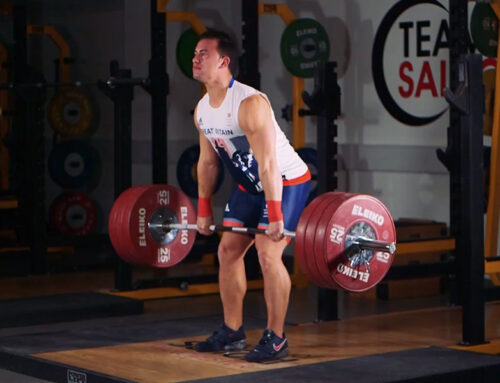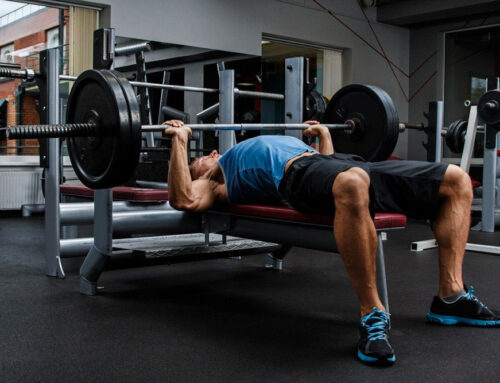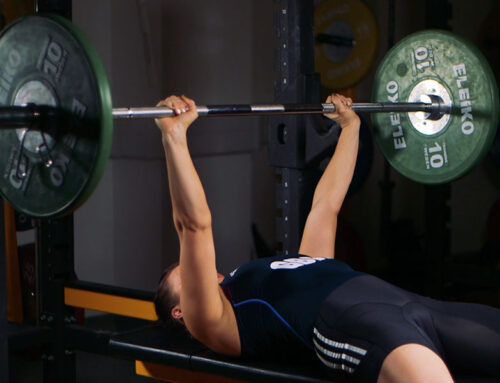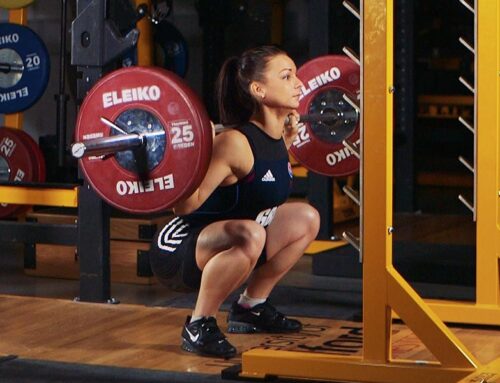Matt Ford of Archon Combine answers the ultimate fitness question ‘how fit am I?’
The hardest question anyone will ever try to answer when it comes to fitness is, how fit actually am I? And the reason that it’s so difficult to answer is because fitness is different for everyone, but that’s exactly why as an industry we need to find a way to answer the question, not just for us but for all of our club members, box members or personal training clients. Let’s dig a little deeper into discovering how you can actually find out how fit you are.
As humans we have a tendency to compare things in our lives, our jobs, our houses, our cars, our clothes, and sometimes even our kids [especially in the school playground or on sports day]. But when we do this we use rationale to understand the context. If someone has a nicer car than I do then I understand why, they earn more money, they are 15 years older than me so have had the time to build a career that can afford them a BMW instead of a Ford. This isn’t always the case but it’s part of our understanding when we look at an isolated element of our lives in comparison to someone else. Unfortunately we don’t tend to do the same when it comes to fitness, we look at someone who is aesthetically ripped, can lift more than us or can run faster and we don’t use the same reasoning we did when we looked at the cars earlier on. Instead we use statements like, it’s more likely down to genetics, they have good genes and I don’t, or I ‘m never going to be able to run that fast, I’m too old. What we fail to understand is why there is a difference, we just state what the differences are and that’s not going to help us to figure out where we stand in terms of our own fitness level.
The ‘because I’m old/er’ statement is worth exploring more before we move on. We understand that as time goes by our performance will decrease, we will get slower, we will get weaker, it’s just a fact of life, after all, the only thing that’s ever gone un-defeated is time. In most things we reach our ‘peak’ in our mid twenties, so why is it that we now hear people say that they have never been fitter than they are at forty, fifty and even sixty?
What they are really saying is this. That in their twenties they didn’t take advantage of the age bias when they could have, they had other things on their mind, university, drinking and socialising. Going to the gym everyday wasn’t a priority. However, when they reached a certain age their viewpoint toward fitness changed, it became a bigger focus, they wanted to be fitter to be around longer, for their kids, partner and generally to just feel better about themselves. As a nation we have become better informed about fitness and adopting a healthier lifestyle and as such a huge part of this has been an increase in physical activity alongside an increase in fitness facility memberships. More people are a member of a gym now than at any other point in history, and in doing so are training more than they did when they were in their twenties, meaning that they are fitter now then they ever have been in their life. But are they fitter? Or just training more?
Great question, and to answer it we must know how to work out if someone is fitter or not than they were before, and not that they just feel fitter or can do something now that they couldn’t do previously. What it actually comes down to is this, floors and ceilings. No, we’re not suddenly going to break into something out of Grand Designs, or Phil and Kirstie aren’t suddenly going to make suggestions of how to turn your two bed semi into a detached 5 bedroom rural retreat, in fact, when we refer to floors and ceilings in fitness, what we are really referring to is the minimum you should be able to do [floor] in comparison to the maximum you should be able to do [ceiling] for a specific activity at a specific age. Let’s look at an example.
Let’s say that in your twenties you decide to row 2k, you will have a fitness floor and a ceiling at that particular point in time. The floor being what we would expect is the maximum time in order to row the distance, lets say this is ten minutes, and your ceiling, the best you could expect being a time of five minutes and thirty eight seconds. You’ve just managed to row a respectable seven minutes and thirty seconds. The point at which that time represents in between your floor and ceiling is now your level of fitness for your 2k Row. Jump forward 20 years and you’re now forty something and still rowing, but your time has decreased slightly to seven minutes and 43 seconds. On the surface it seems slower, that’s because it is. But because of natural digression [such a depressing term] and your now lower floor and ceiling at forty means that pro rata you are now closer to your ceiling in your forties than you were in your twenties, which essentially means you are fitter now, than you were then, even though you are pulling a slower time. Get it?
So yes, getting slower is inevitable but as you get slower with age so does your potential level of performance and so as long as you slow down the process of getting slower then you can in fact get fitter even though the days of personal bests based just on times may be behind you. Learn to accept this and even embrace it and it will help you to mold what is achievable at all stages of your life so that you can stay motivated and stop comparing when you really should be, either to someone else or to a younger version of yourself.
But rowing is just one part of fitness I hear you cry, what about strength, anaerobic ability, power and the other elements that go into making someone ‘fit’. We need to uncover the floors and ceilings for all of the components of fitness in order to make an evaluation on how fit you actually are. Going back to the start of the article, being good at one thing, or even being exceptional at it doesn’t mean your fit, a power lifter for instance will have elite strength and power but might be poor in aerobic endurance, whereas a marathon runner will be great in aerobic endurance but often find themselves lacking in the strength department. Being fit is about having good performance in all the components of fitness, relative to your own floors and ceilings at your current age and weight.
Talking of weight, what we really mean is body fat. Most members or clients will want to lose fat, which is a great way to get them to also understand that by doing so will affect their performance. By lifting 155kg on a deadlift at 95kg of bodyweight and then 3 months later lifting the same 155kg but at 85kg will be seen by most as disappointing as they weight being lifted has stayed the same. But it should be seen as a huge personal best due to their power to weight ratio being increase by a huge amount, at the same time we haven’t put any additional stress on their body by just getting them to lift more and more weight off the floor. As a facility or trainer we need to take the emphasis off of just lifting more for “The gram” and putting additional stress on our bodies with a higher risk of injury, to becoming more about efficiency.
So in the end we want to create a member or client who has a good level of body fat, great efficiency and performance across a whole range of fitness abilities at a reduced risk of injury with a better understanding of themselves and what’s achievable. The likelihood of these people now staying as a member of a facility or continuing to train would be a lot higher than it was before and so for everyone to understand their fitness and finally get an answer to the question, how fit am I? Is a win for them, a win for the facility and a win for the trainer who’s creating the programming for them.

If you want to find out more about how as a facility/box you can give your members the only true way to find out how fit they and create a real culture of change and shift of emphasis within your community. Or as a personal trainer how you can use the information to create lead generation, online challenges or stop with the cookie cutter programming and create something truly results based then contact Archon Combine.
Archon Combine is the first ever platform that takes into account your height, weight, age and gender in order to assess you in all the varying components of fitness. It’s an insight into a whole new world of training, one that once you enter into it you won’t want to leave. Your gym session will never be the same again.
